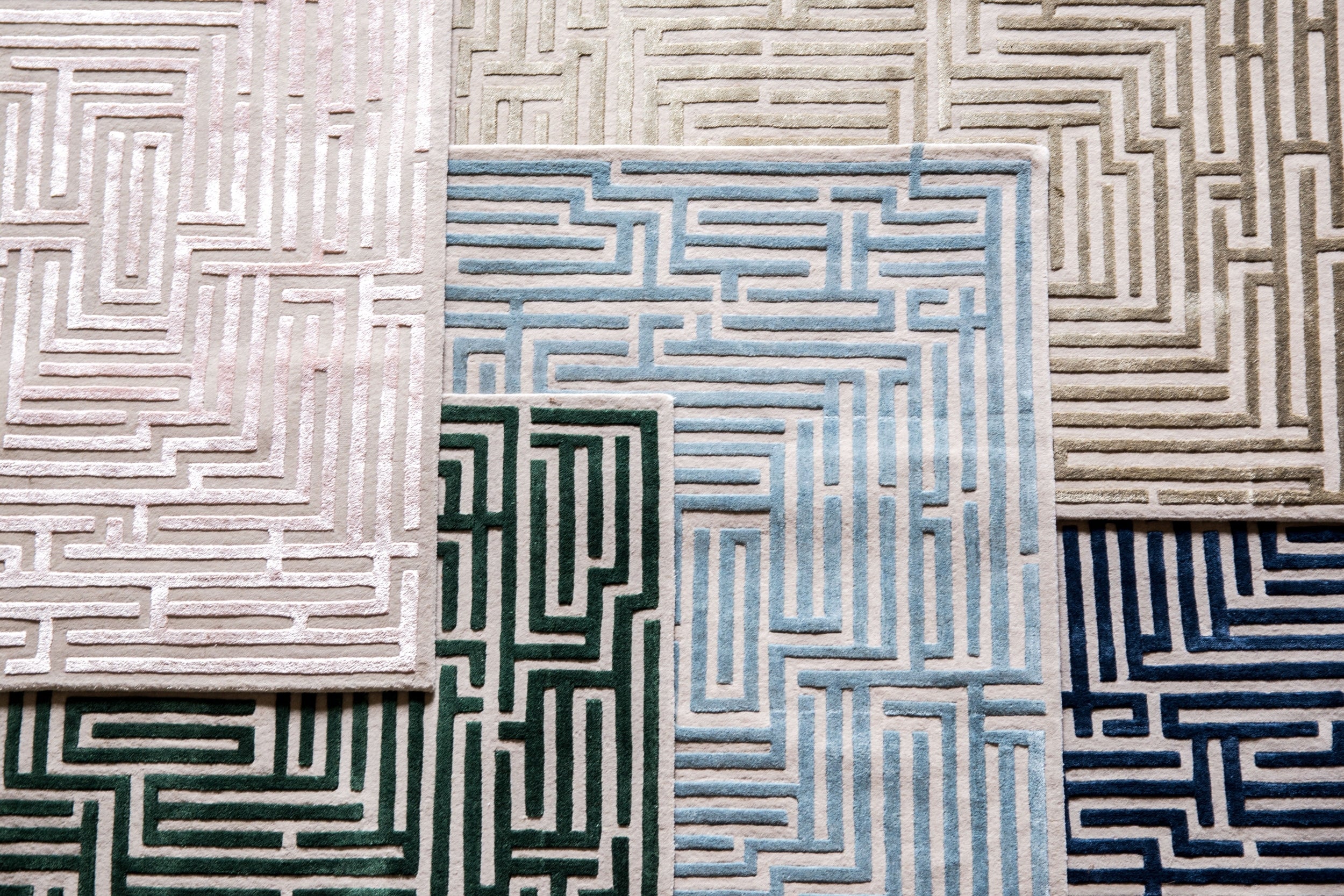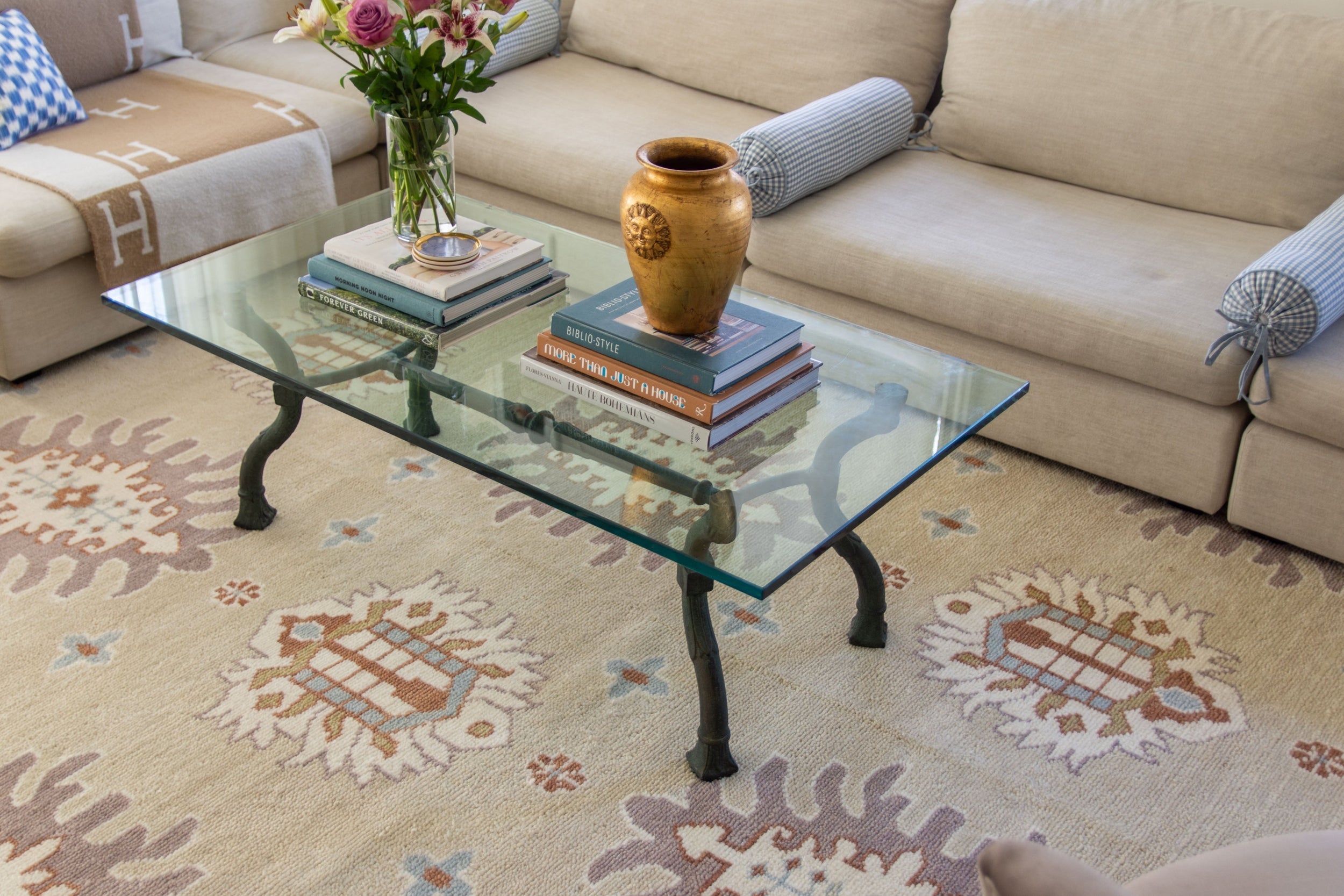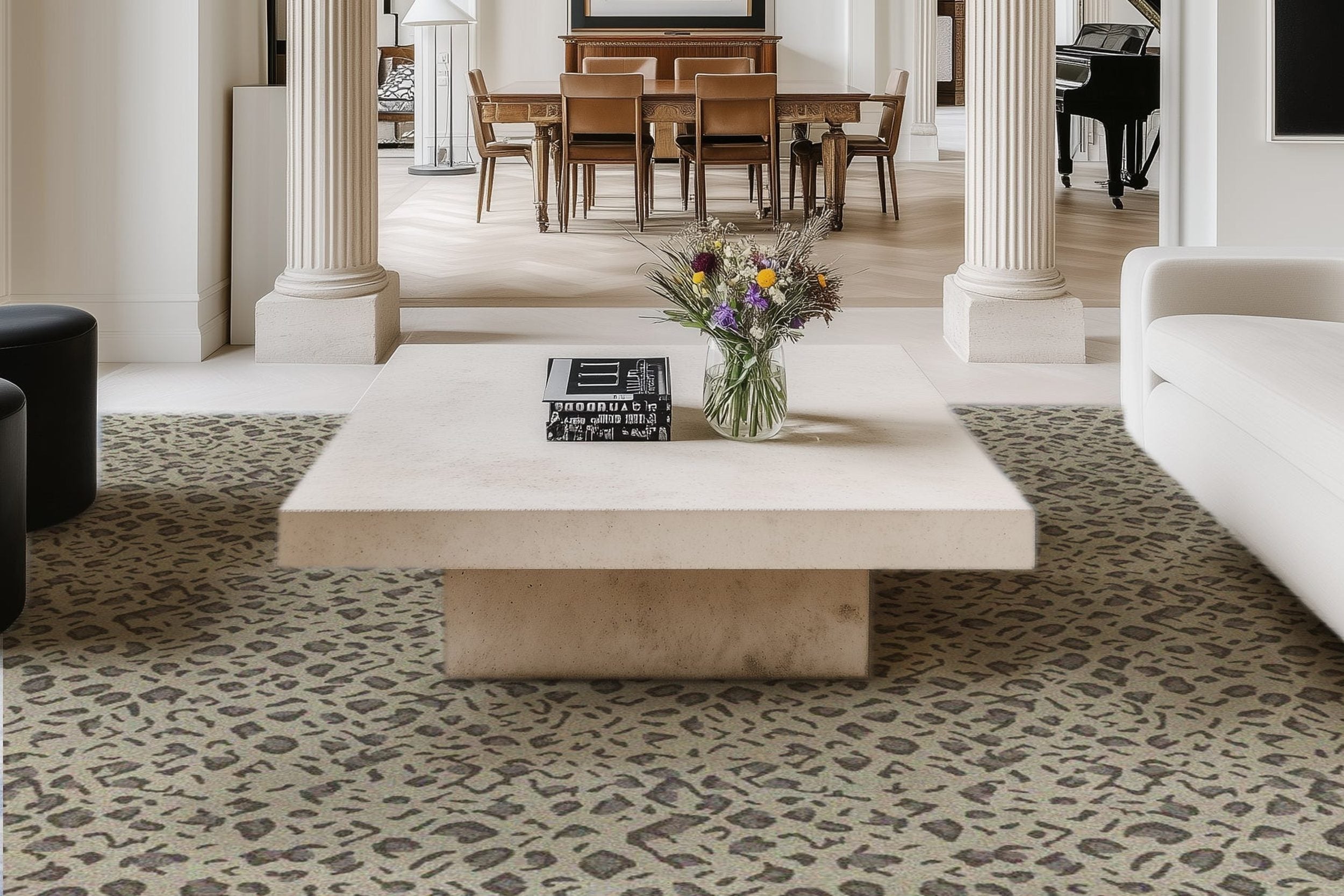How to Downsize, Move, and Pack Your Belongings for Storage

How To Move and Pack Items Into Storage Units
Downsizing your home entails a lot of decluttering, sorting, packing, and moving your belongings. The task may seem daunting, but it’s possible with proper planning. Also, look for a place to store your items. One search at storage units near me, and you’ll get recommendations of facilities around your area.
Here’s an easy-to-follow guide for packing your things before moving them to storage facilities.
1. Select a Storage Unit
Research storage facilities online and go over their units. Read the descriptions and features of their units and see how they align with your storage needs. You can use a self-storage or business unit if you run a small business. Get quotations from each company to compare prices.
When choosing a unit, consider the size, amount of storage space, location of the storage facility, and its security features. Upon deciding on a unit, measure large items to fit them inside the unit.
2. Declutter and Organise
Decluttering reduces the number of things to move and store before using a single self-storage unit. Pack boxes and label them with keep, sell, toss, and donate. Put the items in the boxes where you think they belong to determine which ones to store and throw away.
When organising your items after decluttering, you should:
- Prepare clear plastic boxes and label them according to the kind of item to store.
- Group similar items together. Put all electronics in one box, documents in another, and so on.
- Seal the plastic boxes well to avoid any damage before packing and arranging them.
3. Create an Inventory
Keep track of what you need to store through an inventory. This can be a written list on paper or a spreadsheet file, whichever you’re comfortable with.
List down all items and their corresponding descriptions. Include a ticking box that you can put a checkmark on once the item has been safely packed.
An inventory helps you avoid overlooking and losing items when moving house. Keep this list with you even after storing and returning your items from the facility.
4. Prepare Packing Supplies
Make sure you have the appropriate packing materials, such as packing tape, packing boxes, packing peanuts, and bubble wrap, for an easier and quicker packing process. Buy these materials beforehand if you don’t have them.
5. Pack the Items Strategically
The most basic thing when packing items is to put the heavy, bulky items at the bottom and the light and frequently used items on top. Use the vertical space inside your boxes to save space and stack more items.
However, this may not apply to some kinds of items. Here’s a short guide to packing some of your belongings:
Documents
Put your important documents inside a folder. Wrap the folders in a plastic covering to protect them from dust and moisture.
Electronics
Gather all your devices in one place and sort them by kind. Use a plastic bag to place one type of device and label it appropriately.
Fragile Items
Use packing paper and plenty of bubble wrap to protect glassware and dishes during the moving process. Place these items carefully in study boxes and label them as FRAGILE. Distribute the packing peanuts inside the box to fill in any open space.
Furniture
Disassemble your furniture, like beds, tables, and shelves, before moving them into the storage unit. Place the parts in storage boxes and label them accordingly. Use a reliable cover to protect furniture from dust and moisture.
Clothing
Clothes are easy to pack, but you need to protect them well to avoid damage. When packing clothing, you should:
- Wash and dry all items thoroughly for protection against mildew and moisture.
- Sort clothing by kind, such as shirts, dresses, and seasonal clothes.
- Fold clothes neatly to prevent wrinkles.
- Use vacuum-sealed bags to protect them from moisture, pests, and dust, and label them clearly.
- Store clothing away from direct sunlight.
Artwork
Artwork can be quite heavy and tricky to pack. Here’s how you can do it:
- Put corner protectors on the edges of the artwork.
- Place the artwork face-down on a surface. Wrap it with a single layer of acid-free tissue paper and another with bubble wrap. Seal the layers with the correct packing tape.
- Put bubble wrap at the bottom of the box. Place the artwork in a standing position.
- Fill every empty space with bubble wrap to keep the artwork in place while in transit.
- Close the box, seal it with tape, and label it as “FRAGILE ARTWORK.”
Garden Equipment
Bound all your garden equipment with a rope. Wrap the tools in layers of bubble wrap and secure them with tape. Use a moving blanket to wrap the garden equipment in bubble wrap for further protection.
Storing Your Belongings in a Storage Unit
There comes a time when you need to move your things to give way for house repairs, renovation, and home transfers. If your home has limited space, an extra room for storage is not an option.
Keeping your things in a manned and secured storage facility will safeguard your items from pests, moisture, dust, and eventual damage. These facilities are open all days of the week to help you move in any time of the day. Their security features, like alarms and surveillance cameras, ensure your items sit safely inside the units. Storage facilities provide a home for your items while you sort out your living space.
Final Words
Moving and packing your things before putting them in storage units can be efficient and smooth if you know how to pack and organise your belongings. The process becomes easier when you have the right packing materials with you, like sturdy boxes and plastic bags. No matter how you pack your belongings, you have to make sure they’ll fit in the unit without breaking anything.
Browse by Category

Design Projects
Explore interiors from client work and personal renovations — layered, livable, and always in progress.
read more →
Collaborations
From product launches to styled spaces, discover the brand stories I’ve helped bring to life.
read more →
The Notebook
A growing archive of iconic designers, inspiring artists, and unforgettable design moments.
read more →
Travel by Design
Wander with a designer’s eye — from charming hotels and city guides to visual inspiration abroad.
read more →




